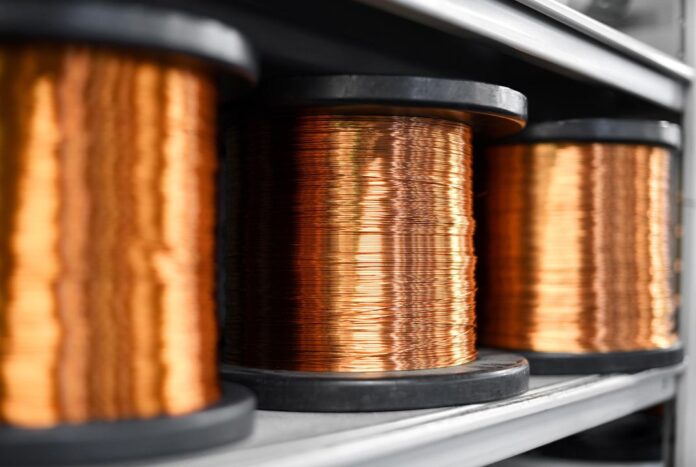Scientists at Oak Ridge National Laboratory created a composite that increases the electrical current capacity of copper wires and can be deployed in any component that uses copper, including more efficient bus bars and smaller connectors for electric vehicle traction inverters, as well as for applications such as wireless and wired charging systems, Mining.com reports.
In a media statement, the researchers said that their project is aimed at reducing barriers to wider electric vehicle adoption, including cutting the cost of ownership and improving the performance and life of components such as electric motors and power electronics.
To produce the lighter weight conductive material, the experts deposited and aligned carbon nanotubes on flat copper substrates, resulting in a metal-matrix composite material with better current handling capacity and mechanical properties than copper alone.
Incorporating carbon nanotubes, or CNTs, into a copper matrix to improve conductivity and mechanical performance is not a new idea. However, past attempts at composites by other researchers have resulted in very short material lengths, only micrometres or millimetres, along with limited scalability, or in longer lengths that performed poorly.
This is why the team led by Tolga Aytug decided to experiment with depositing single-wall CNTs using electrospinning, a commercially viable method that creates fibres as a jet of liquid speeds through an electric field.
Full article HERE




